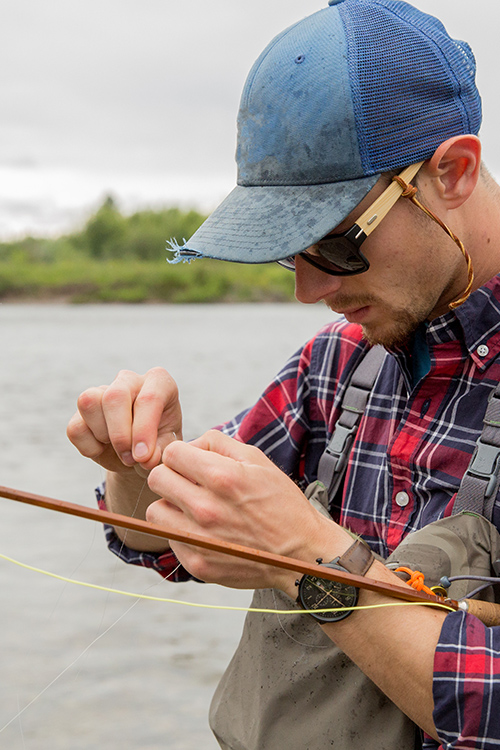The annoying tangles can take more time than the actual fly fishing. It turns a peaceful day on the water into a test of patience. The good news? With a few adjustments to your casting technique and rig setup, you can significantly reduce those pesky knots. For instance, slowing down your cast and widening your loops can help prevent flies from colliding mid-air. Here are some of the proven tips to avoid fly fishing tangles in the line. But first, you have to understand why these tangles occur in the first place.
Why Does the Fly Line Tangle?
There is nothing more frustrating or heartbreaking than watching your pristine flyline turn into a messy tangle before your eyes. Regardless of your skill level, fly type, or fishing conditions, this is an issue that affects everyone. Whether you're catching fish or perfecting your casting stroke with your trusty fly rod, tangles can disrupt your flow and challenge even the most seasoned anglers.
So why does the fly line tangle? There are a few main causes.
So why does the fly line tangle? There are a few main causes.
Casting Issues
Many fly anglers believe the key to a good forward cast is just throwing the fly as hard as they can. While this is true to some extent, the primary key to a long and accurate fly cast is eliminating slack. Without a flawless backcast that removes all slack, it is virtually impossible to make an efficient forward cast.
Reel and Storage Issues
It is important to use proper storage techniques for your line when you're not fishing. Keeping your line in a cool, shaded place and checking it often for signs of wear can help minimize the chances of it getting tangled while you're not using it. Here is the list of all the fly fishing gear for beginners and experts.




